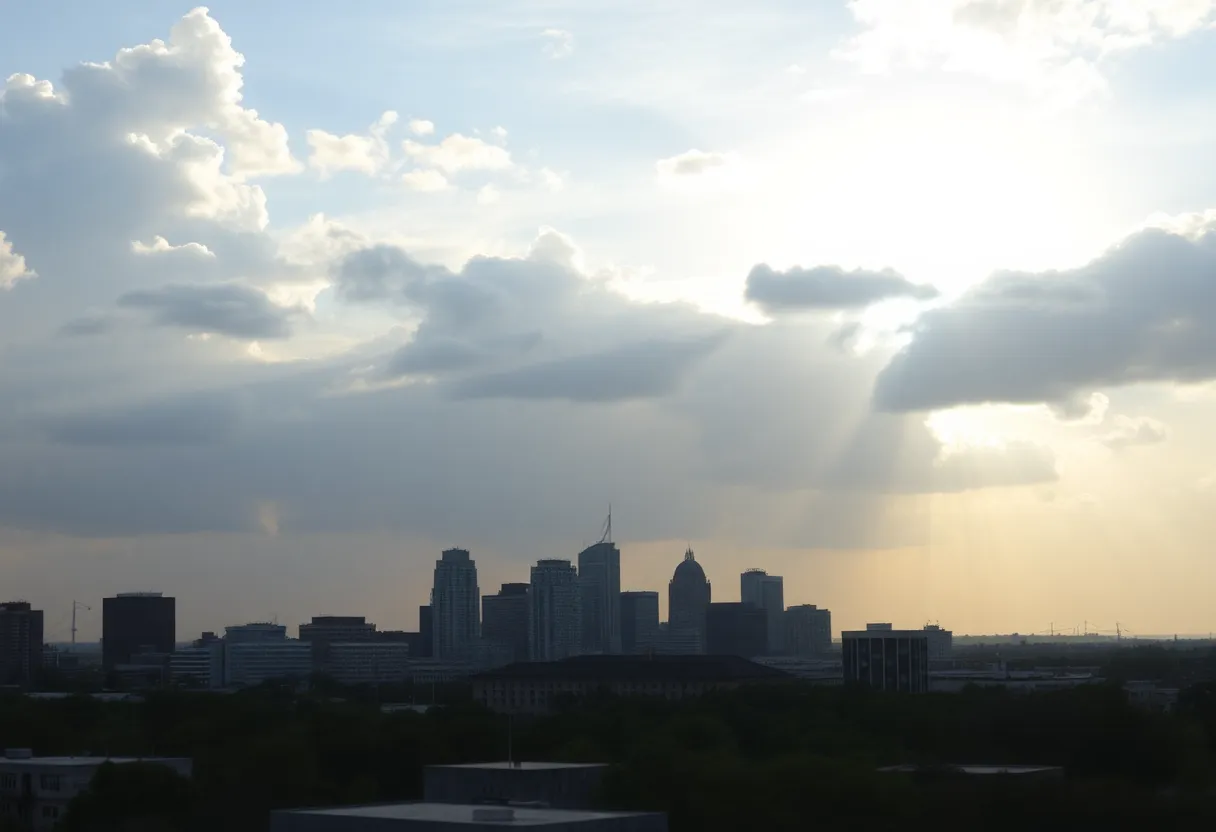News Summary
San Antonio faces a legal dispute concerning the Texas Commission on Environmental Quality’s recommendations for a wastewater discharge permit that could threaten the Edwards Aquifer, the city’s primary drinking water source. Mayor and environmental advocates voice their concerns as a court hearing approaches, highlighting the need for community input on water quality issues. Historical data emphasizes the seriousness of rising nitrate levels and lead concerns in drinking water, prompting proactive measures to ensure safe water for residents.
San Antonio Faces Legal Battle Over Wastewater Discharge Permit Impacting Drinking Water Quality
San Antonio finds itself in a complex legal situation that revolves around wastewater treatment and its impact on the precious Edwards Aquifer, which supplies drinking water to millions. With the court hearing on this matter set for the 18th, the tension is certainly palpable. City officials and environmental advocates are expressing their deep concerns about the possible repercussions of the Texas Commission on Environmental Quality’s (TCEQ) recommendations regarding a wastewater discharge permit.
Cleansing the Water for Our Community
The city’s mayor has been vocal about the importance of considering community voices when it comes to issues of water quality. It’s not just a technical matter—it’s about the well-being of the residents. A study conducted by the Southwest Research Institute has raised alarms, highlighting that treated wastewater could seriously degrade the quality of water that feeds the Edwards Aquifer.
This aquifer is no ordinary water source; it is the primary drinking water reservoir for not only the city of San Antonio but also for surrounding regions. The concerns surrounding its protection have been echoing for over two decades, with initiatives like the Edwards Aquifer Protection Program acquiring land to shield the watershed from various threats.
Rethinking Wastewater Management
As the legal battle heats up, developers are being urged to step up and find collaborative solutions instead of relying on discharging treated wastewater directly into drinking supplies. The San Antonio Water System (SAWS) currently injects an impressive 4.5 million gallons of treated wastewater into the San Antonio River every single day. It’s worth noting that most of the river’s flow today is formed from this recycled water, crucial for maintaining the river’s ecosystem, especially as the natural spring flows have been dwindling for more than a century.
A Deep Dive into History
Historical data reveals a significant decrease in spring flow dating back to 1900, largely due to extensive well drilling into the Edwards Aquifer. This change led the city to increasingly rely on recycled water to sustain its rivers. Today, particularly during dry spells, around 90% of the water flow in the San Antonio River comes from this recycled source. Without it, the river could almost go dry!
Those springs that feed the San Antonio River eventually make their way to the Gulf of Mexico, reflecting a historical experience that echoes the city’s Indigenous roots. The river was once known as Yanaguana, meaning “up-flowing waters of the spirit,” and preserving this lifeline remains vital for the city’s future.
Quality Control in the Pipeline
To maintain the purity of both rivers and drinking water, SAWS has implemented a program addressing problematic nitrate nitrogen levels found in the water. These levels have been noted to exceed limits set for safe drinking water, leading to careful monitoring by the San Antonio River Authority. They are tasked with evaluating water quality on an ongoing basis to check for harmful bacteria and pollutants.
Taking Action Against Lead
With new regulations from the EPA focusing on lead in drinking water, homes built before 1989 are getting extra attention as part of a city-wide initiative to inspect pipelines for lead. Residents who suspect they may have lead pipes are encouraged to reach out to SAWS for evaluations. A proactive approach includes offering free testing and beginning inspections in January of the upcoming year, prioritizing homes deemed high-risk based on collected data.
Though the presence of lead service lines raises concerns, utility officials reassure the public that, overall, the water quality remains safe for consumption. This effort forms a key part of a larger federal initiative aimed at eradicating lead risks in public water systems over the next decade.
What Lies Ahead?
As San Antonio navigates through these tumultuous waters, the court’s decision on the wastewater discharge permit will play a vital role in shaping the community’s approach to protecting its drinking water quality. Residents are hoping for a resolution that aligns with the city’s long-term vision of safeguarding this ever-valuable resource. After all, clean drinking water is more than just a basic necessity—it’s the lifeblood of the city.
Deeper Dive: News & Info About This Topic
HERE Resources
University of Texas Unveils Largest Water Recycling Facility
San Antonio Faces Sewage Spill in Local River
Additional Resources
- News4 San Antonio: Floresville Water Quality Issues
- Wikipedia: Water Quality
- Express News: San Antonio River and Sewage
- Google Search: San Antonio River Walk
- KSAT: Lead in Water Pipes Notification
- Google Scholar: Lead in Water Pipes
- KENS 5: San Antonio Lead Pipes
- Encyclopedia Britannica: Lead in Water Pipes
- Express News: Water System Lead Pipes
- Google News: Lead Pipes San Antonio







